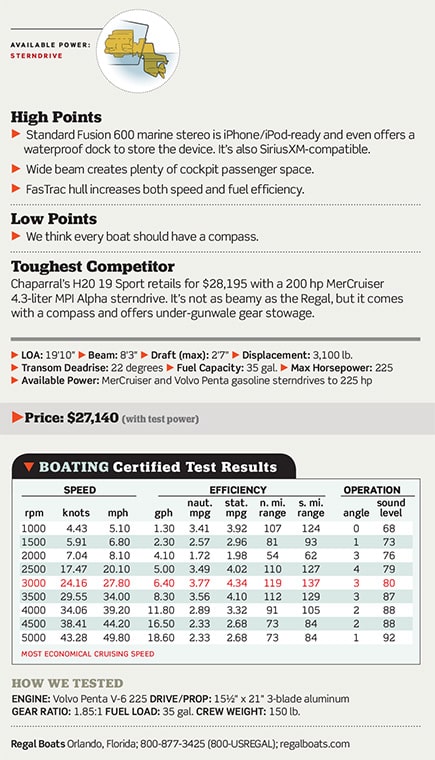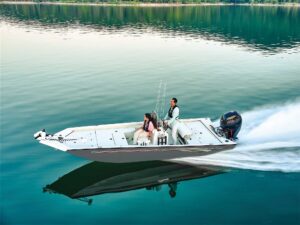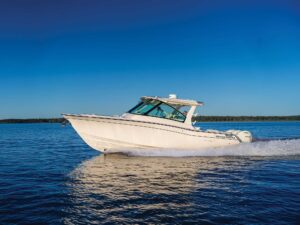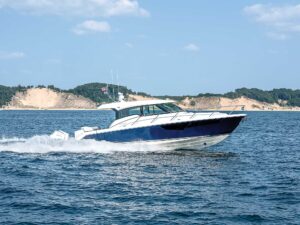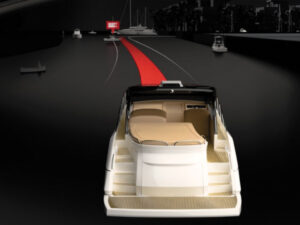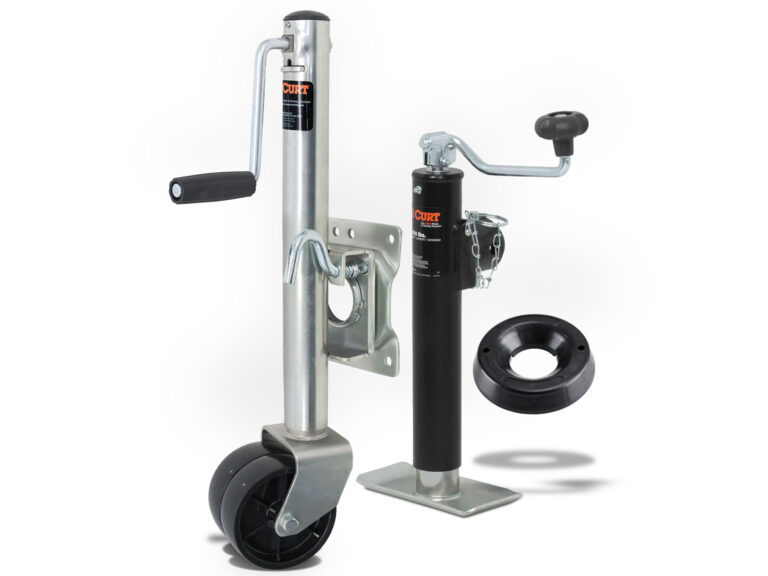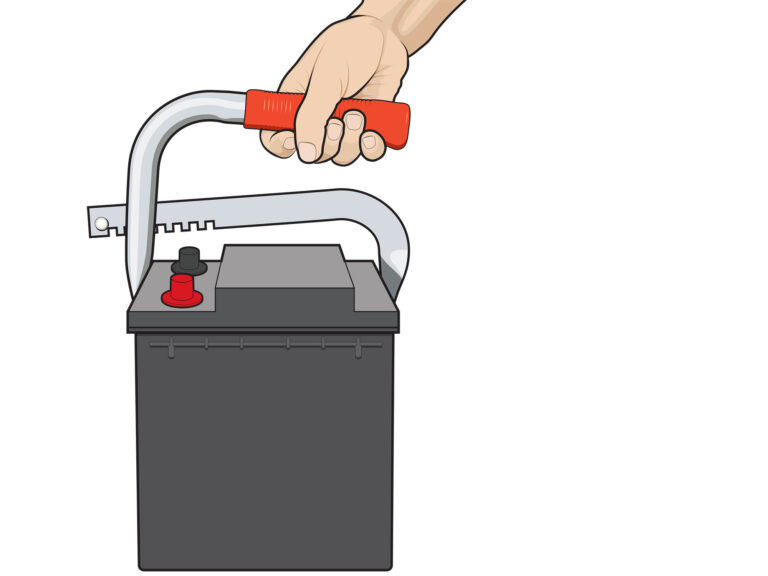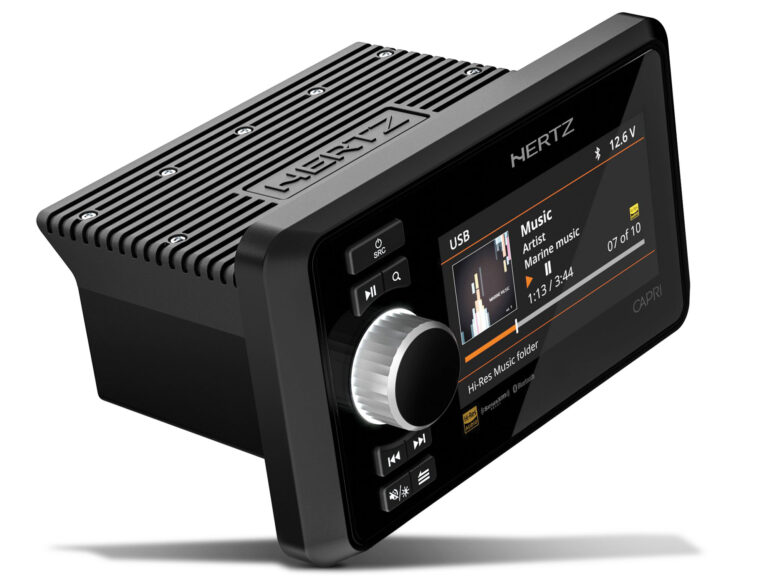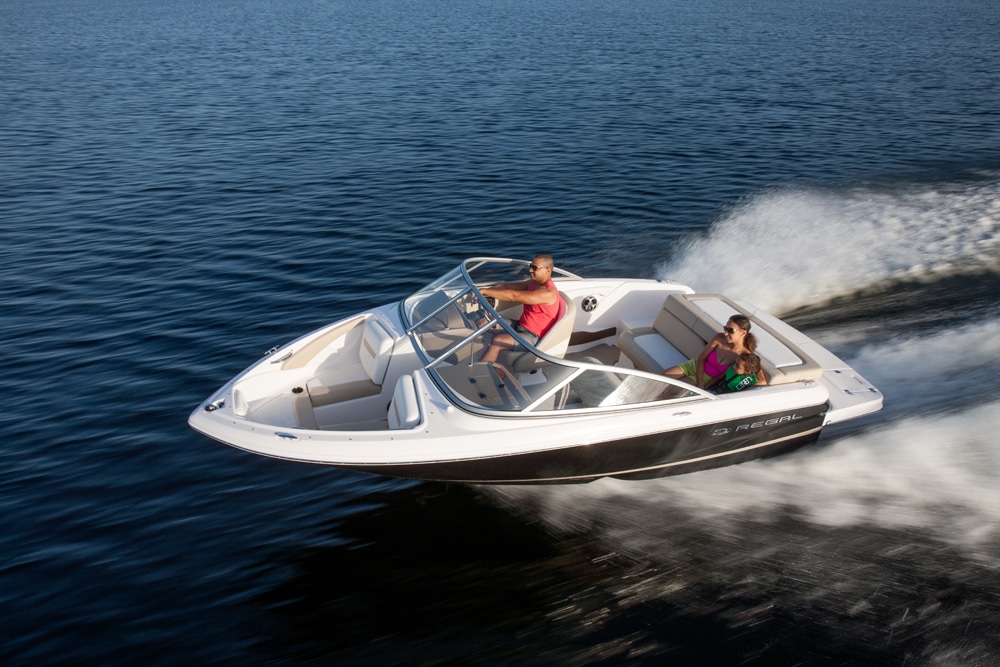
Regal 1900 ES
Beam: 8’3″
Draft (max): 2’7″
Displacement: 3,100 lb.
Transom Deadrise: 22 degrees
Fuel Capacity: 35 gal.
Max Horsepower: 225
Available Power: MerCruiser and Volvo Penta gasoline sterndrives to 225 hp
More Information: regalboats.com
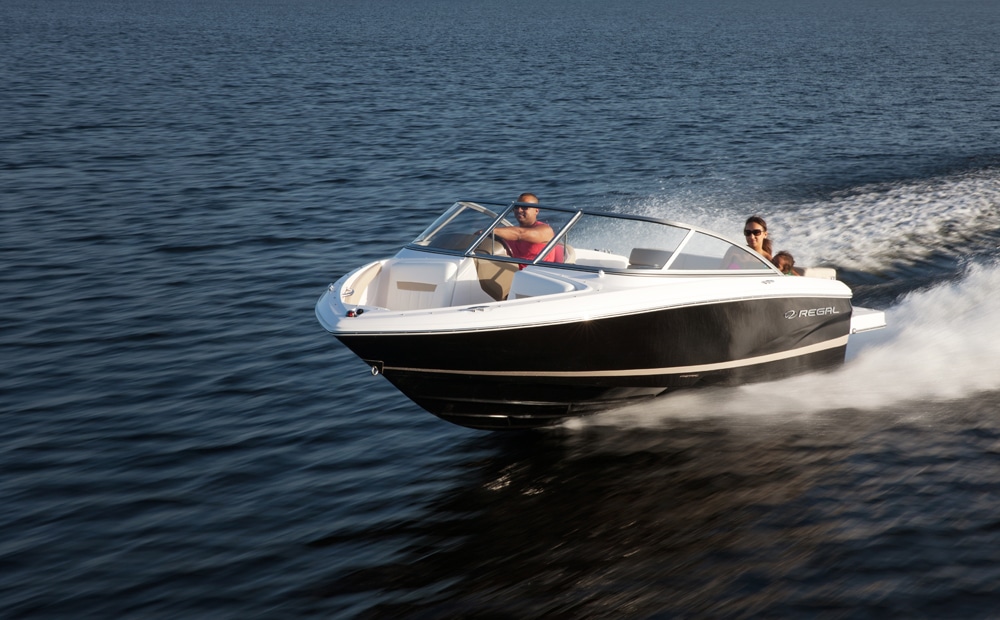
Regal 1900 ES
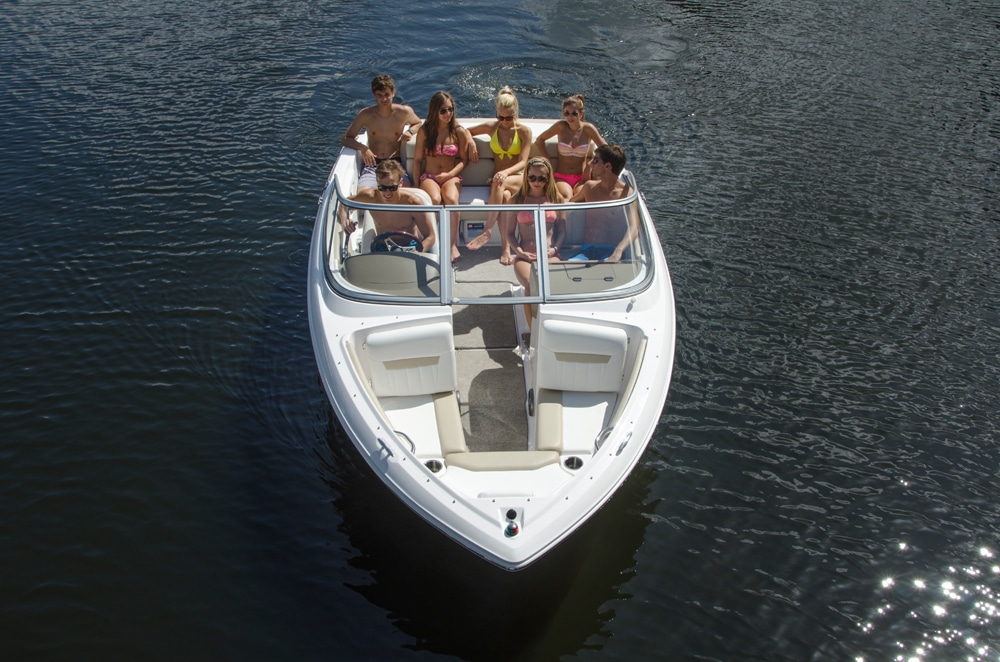
Regal 1900 ES
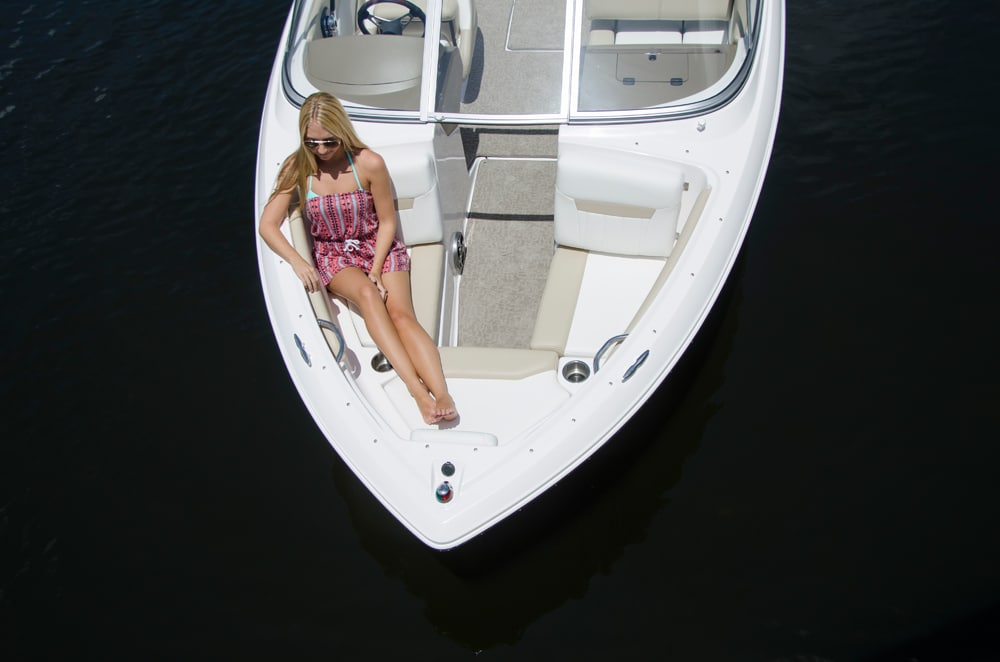
Regal 1900 ES
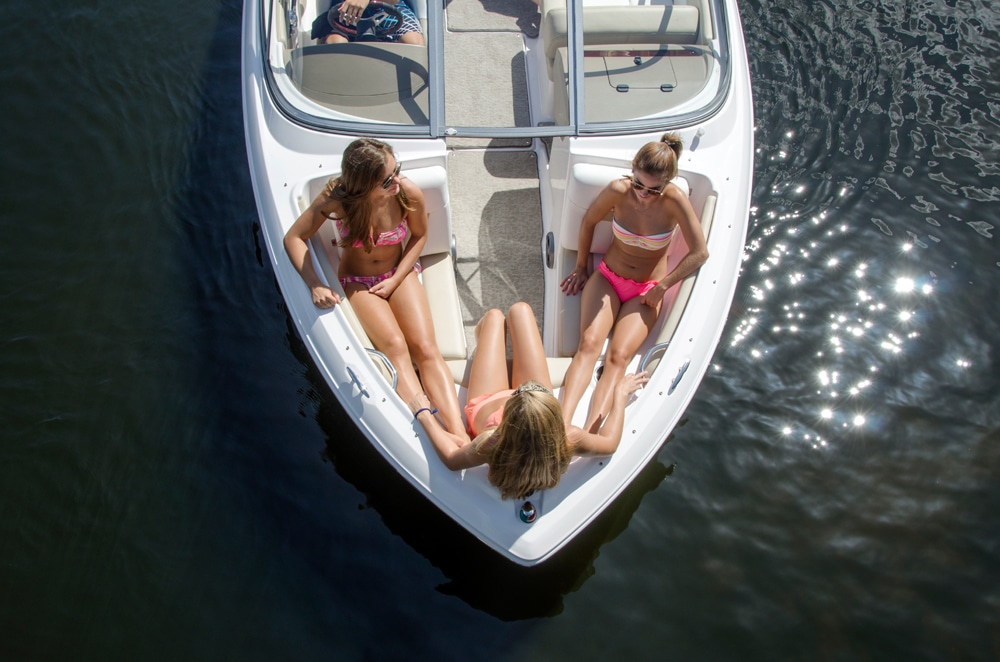
Regal 1900 ES
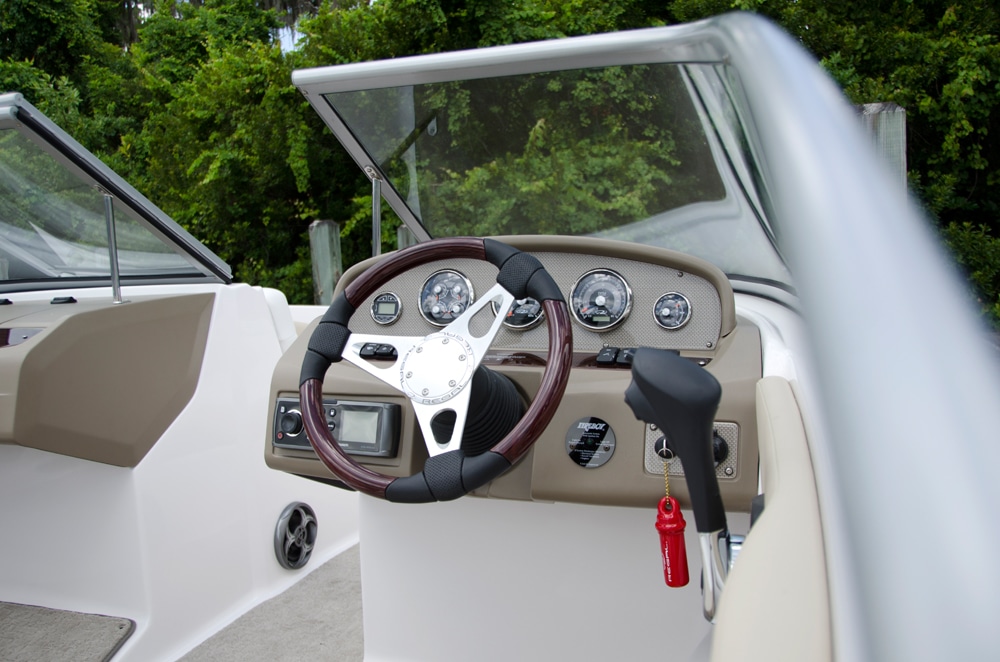
Regal 1900 ES
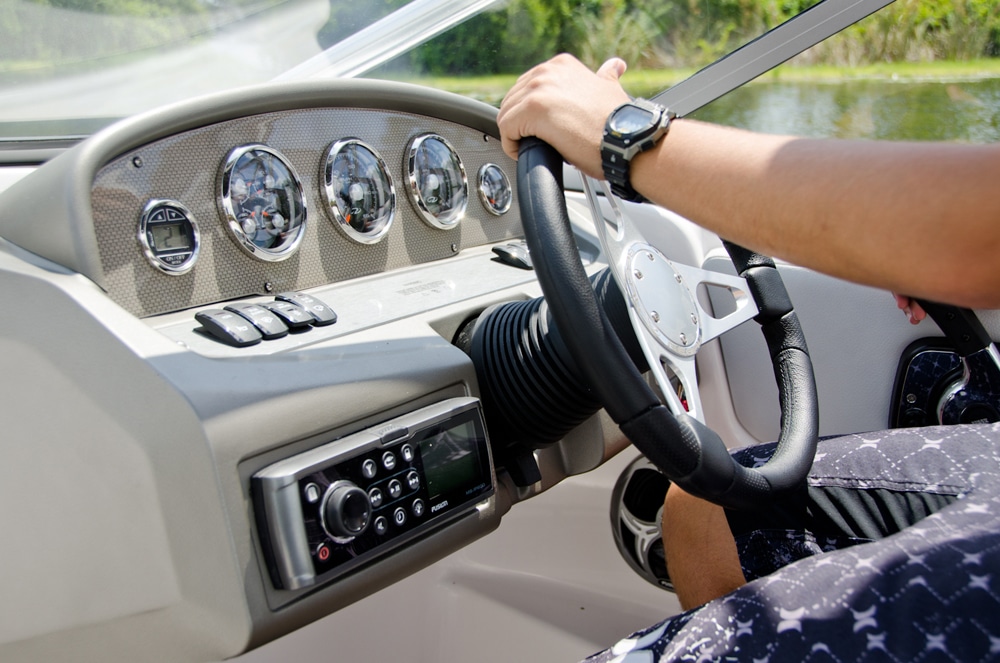
Regal 1900 ES
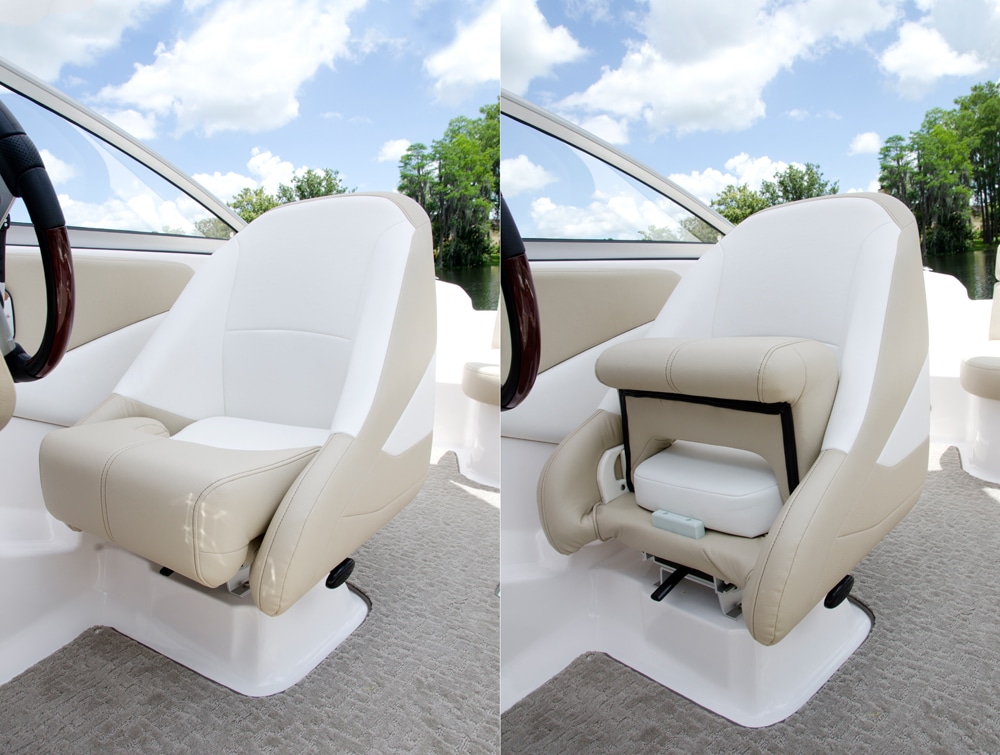
Regal 1900 ES
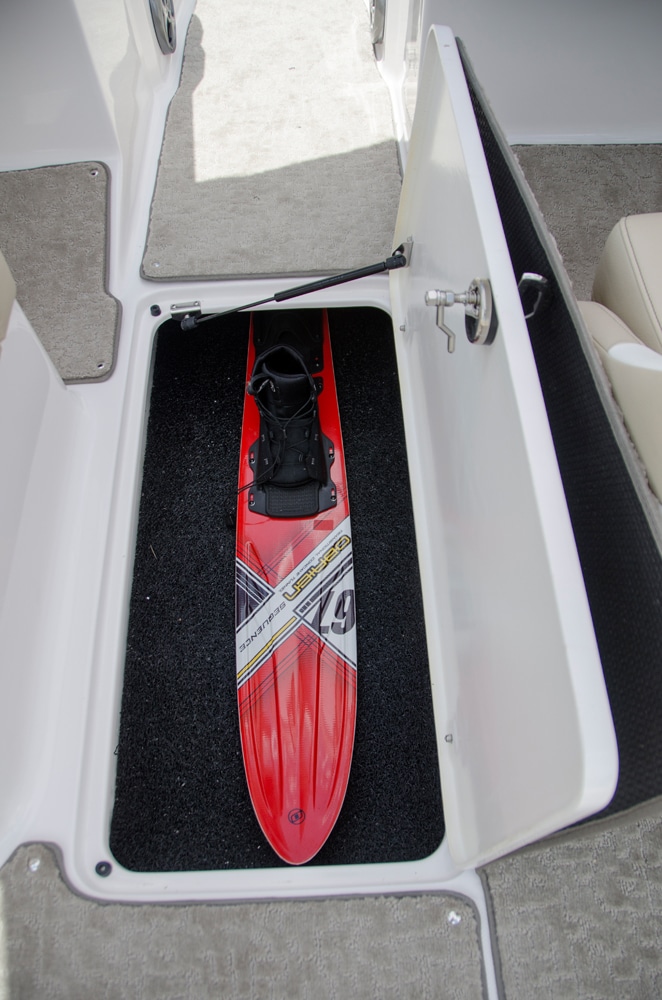
Regal 1900 ES
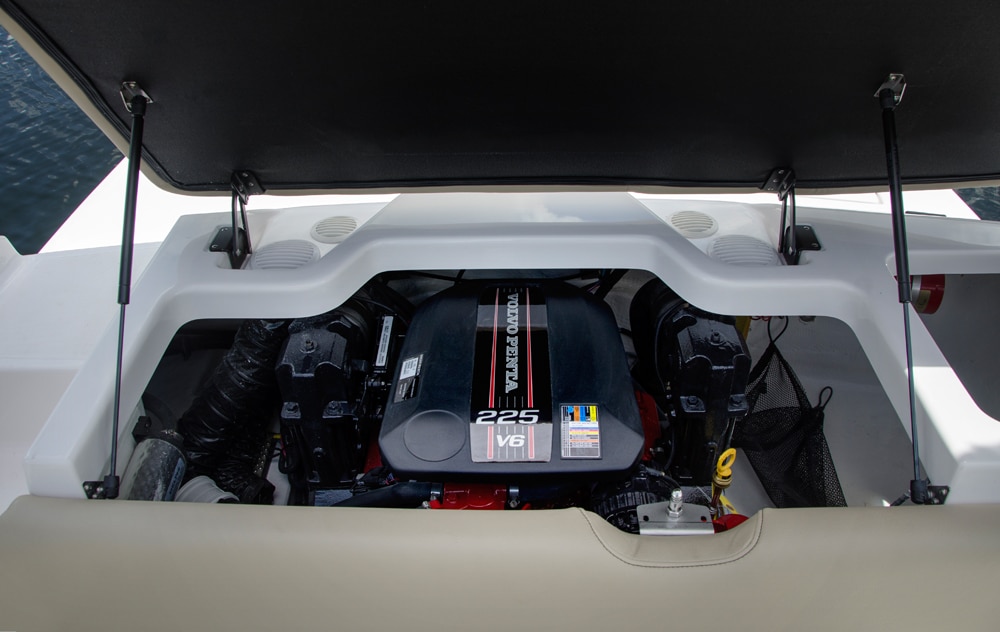
Regal 1900 ES
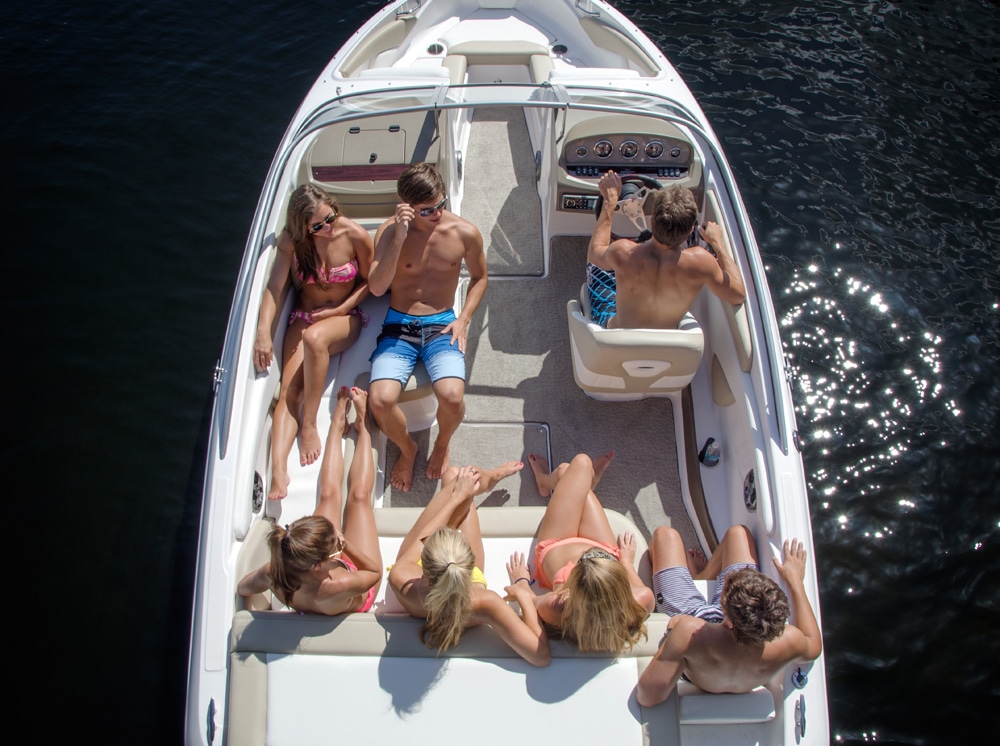
Regal 1900 ES
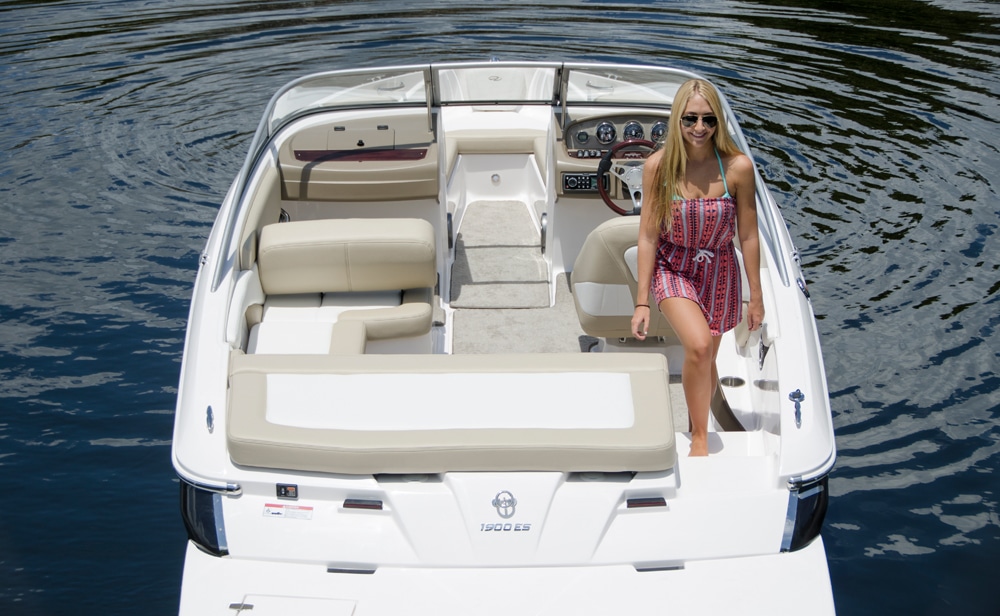
Regal 1900 ES
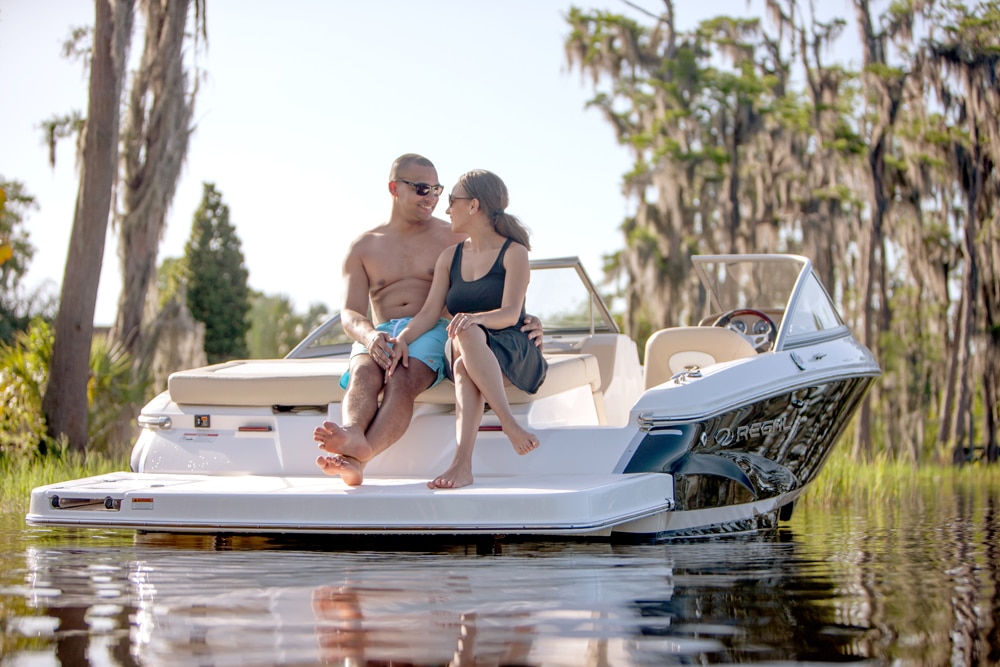
Regal 1900 ES
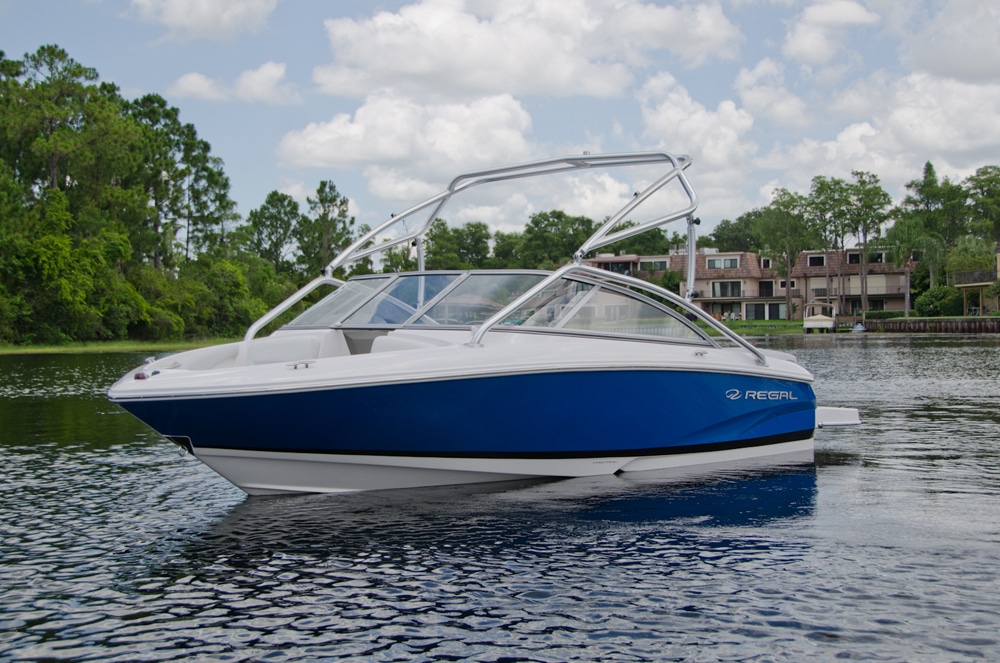
Regal 1900 ES
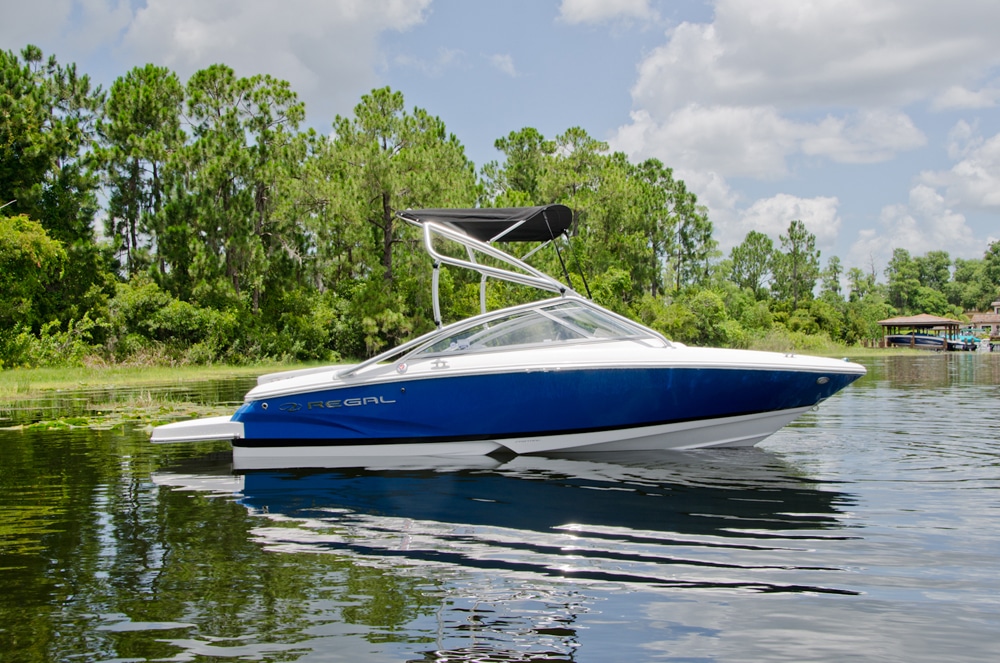
Regal 1900 ES
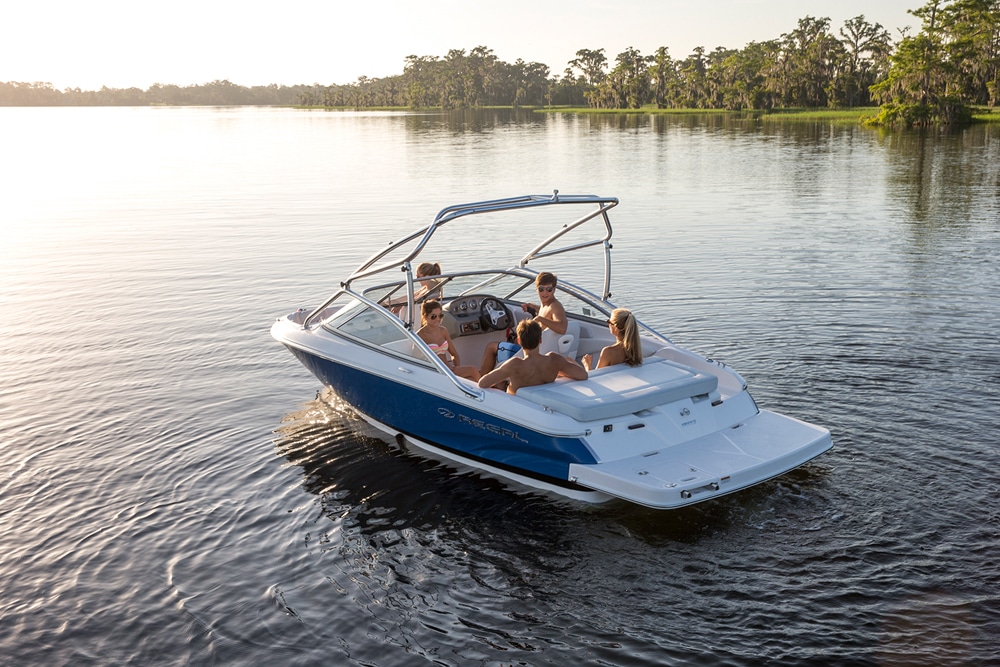
Regal 1900 ES
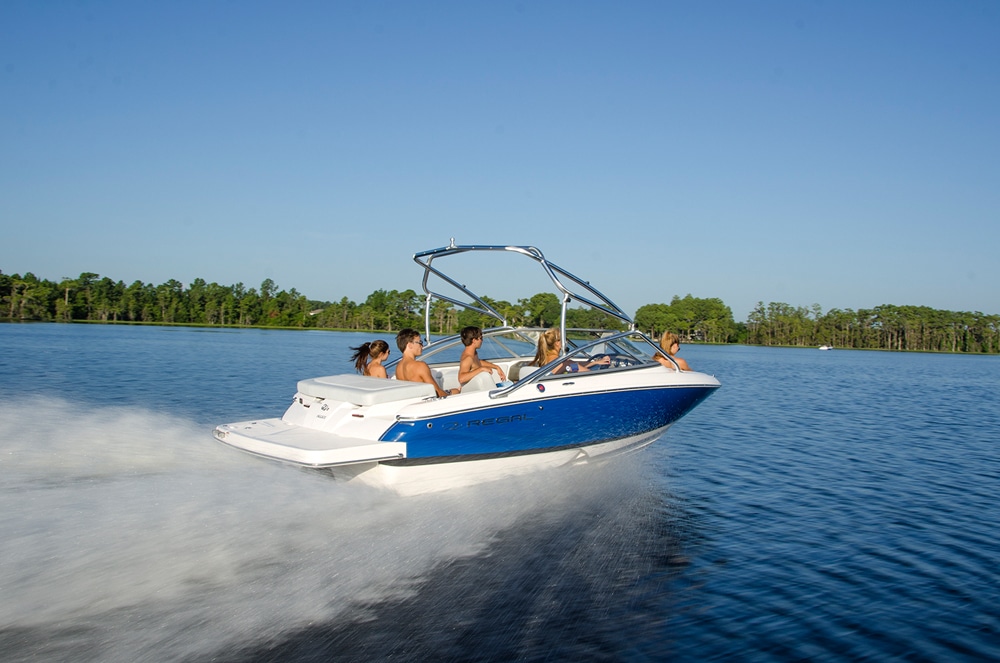
Regal 1900 ES
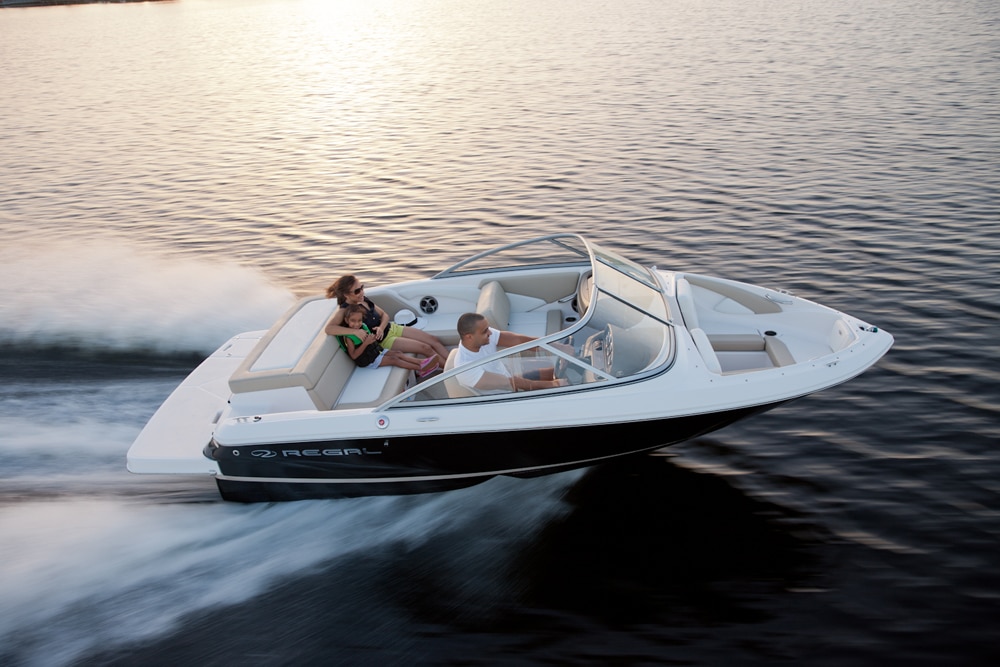
Regal 1900 ES
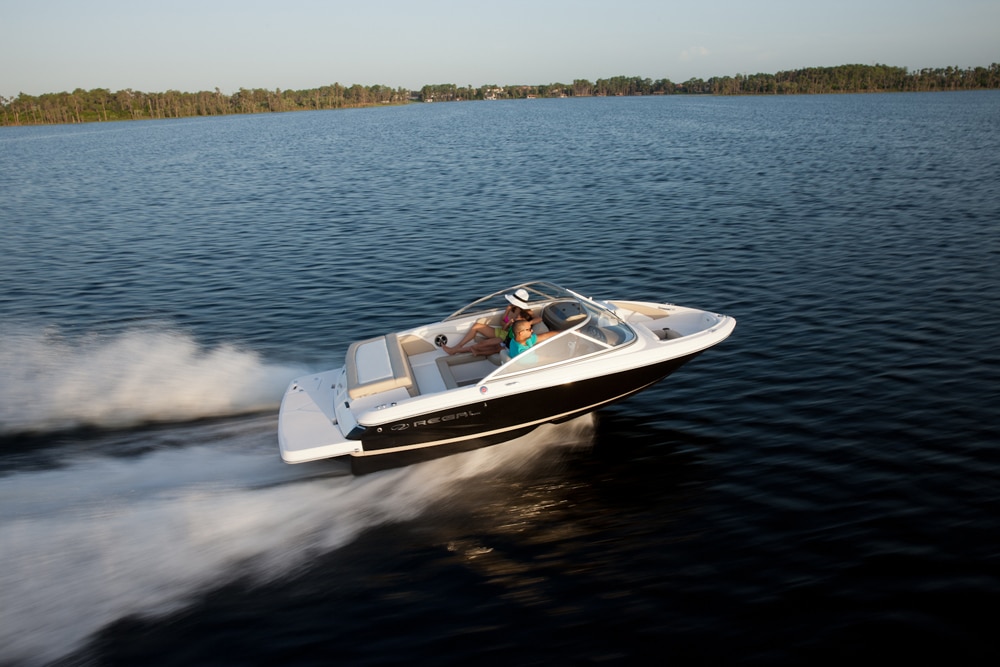
Regal 1900 ES
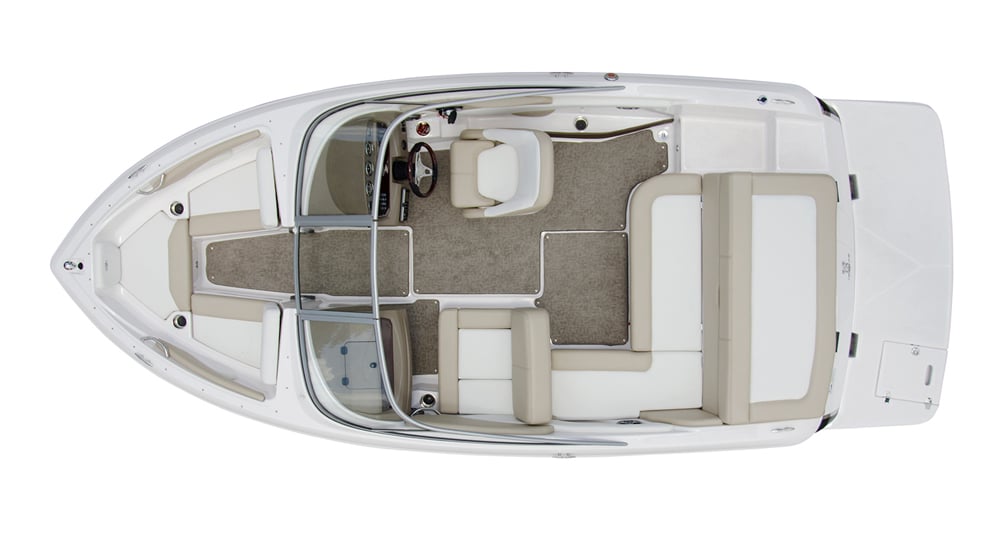
Regal 1900 ES
Entry-level bowriders are often stripped to the basics, but Regal’s 1900 ES shows some nice attention to detail. Open the ski locker in the cockpit sole and you’ll find the lid won’t bang down on bare toes, but is instead supported by a gas strut. To protect the toys you’ll load within, a woven rubber matting lines the bottom while allowing for drainage. The lid itself is color-matched fiberglass, not a less-expensive composite. Next, take a seat at the helm. Odds are you’ll appreciate the leathery feel to the wheel, as well as the stainless binnacle control. Look forward and note that the textured gray dash produces no glare in the windshield. A satellite-capable Fusion stereo is within reach, complete with a waterproof dock for your iPhone. The boat’s grab handles and cup holders are also stainless steel, not plastic.
Carrying an impressive 8-foot-3-inch width, the 1900 ES has the widest beam in its class, Regal notes. That space is put to good use. A J-shaped lounge sits opposite the helm and wraps behind across the stern. Flip back the two-position backrest at the short end of the J for a forward-facing seat opposite the helm. Pivot it forward for a more social approach, or to kick back and watch skiers, wakeboarders or tubers in the boat’s wake. For those behind the boat, a 2-foot-deep extended swim platform with covered ladder is ready and conveniently low to the water.
The 1900 uses Regal’s patented FasTrac hull. Designed to increase both speed and fuel efficiency without sacrificing stability, it features a full, mid-V step to introduce air under the hull and reduce friction, while retaining many of the chop-busting, soft-ride properties of a deep-V design. It also promises to get the maximum performance out of lower horsepower engines. With a Volvo Penta V-6 225 sterndrive, we noted an average time to plane of 3.5 seconds and a top speed only tenths of a second shy of 50 mph. At a comfortable 28 mph cruising speed, fuel consumption was only 6.4 gallons per hour.
Comparable model: Chaparral H20 19 Sport
